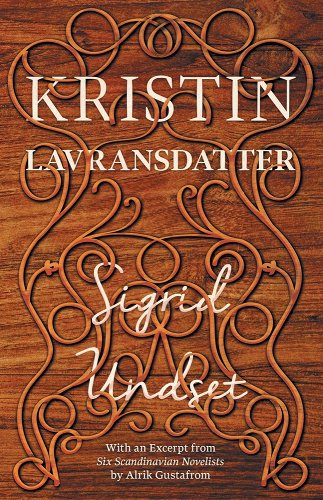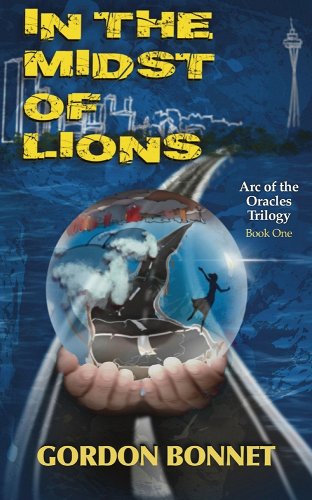Here’s a little exercise for you.
Picture a doctor.
Now, picture a female doctor.
Now, picture a Black female doctor.
Now, picture an elderly Black female doctor.
Now, picture a disabled elderly Black female doctor.
I wonder how many of you had your mental image change every time?
It’s hard to avoid. We all have biases and stereotypes, taught to us by our culture and upbringing, and there’s nothing inherently wrong with that as long as we keep them squarely in front of our faces—and don’t simply accept them as fact. Part of what makes characters in books and movies interesting is when the creator challenges those tropes, and gives you something more to chew on. How many fantasy heroes are the muscled, tough, sword-swinging types? Then we have one of the most iconic fantasy heroes ever created in Frodo Baggins, a young Hobbit who is used to the easy life and has gone a bit soft about the middle. The fact that someone like Frodo can defeat Sauron and destroy the One Ring allows readers to put themselves in the main character’s shoes.
I don’t know about you, but I can’t picture myself as Conan the Barbarian—but any of us might imagine ourselves as Frodo, the unwilling inheritor of an heirloom he doesn’t fully understand and feels completely inadequate to deal with.
This is true of antagonists as well as protagonists. While Voldemort is the Big Bad Guy in Harry Potter, by far the fans’ most hated character is the tea-drinking, kitty-cat-loving Dolores Umbridge. Most of us, if asked to pick out who was the most evil in the entire series, would unhesitatingly point a finger at her smirking, self-righteous cruelty, all packaged up in the least likely form imaginable.

The most powerful characters are the ones that challenge our preconceived notions. The main character of Sigrid Undset’s darkly beautiful Kristin Lavransdatter is fascinating because she decides not to accept her lot as a submissive wife of a fourteenth-century Swedish nobleman. Stephen King uses this unexpectedness to brilliant effect in his novel The Girl Who Loved Tom Gordon, where the central character is a little girl who gets lost in the woods, and has to use everything she has just to survive—and what proves most powerful of all is her deep love of baseball.

I have a fascination for creating characters that break the mold. In my novel In the Midst of Lions, the heroes are an unlikely lot—a cheerful high school science teacher, a passionate and visionary artist, a devout retired nurse, a cerebral professor of linguistics, and a six-year-old autistic boy. Each of their character arcs challenges the stereotypes that come along with those capsule descriptions, and each of them ends up in a very different place by the end of the story than you might have expected at the beginning.
If you’re a reader, think about the characters that have resonated with you the most. If you’re a writer, consider the characters you’ve created, and how they step outside the easy paradigms of trope and stereotype. Let the characters tell you who they are—and most importantly, let them surprise you.
Listen carefully to them, and who knows what you’ll learn?
